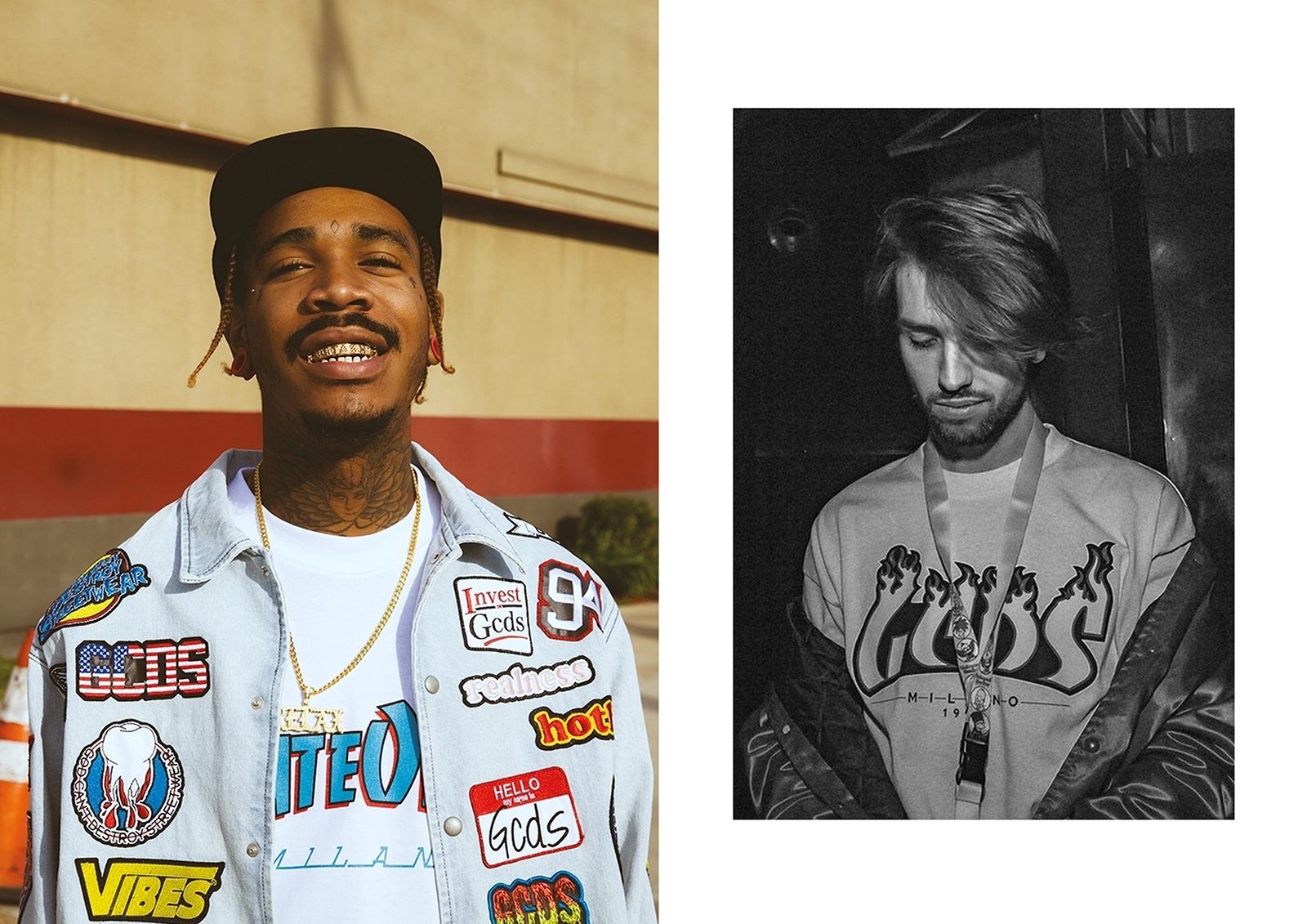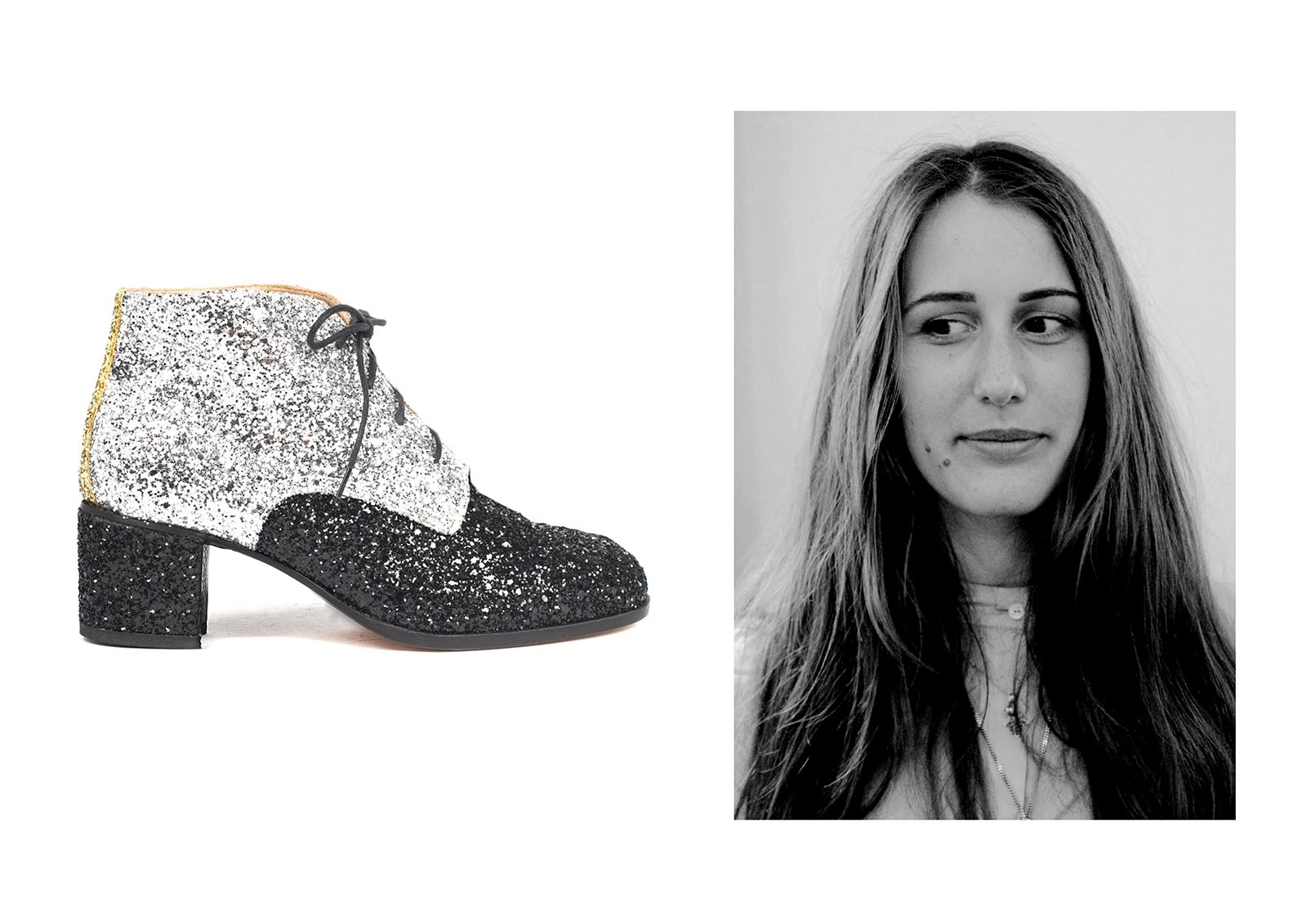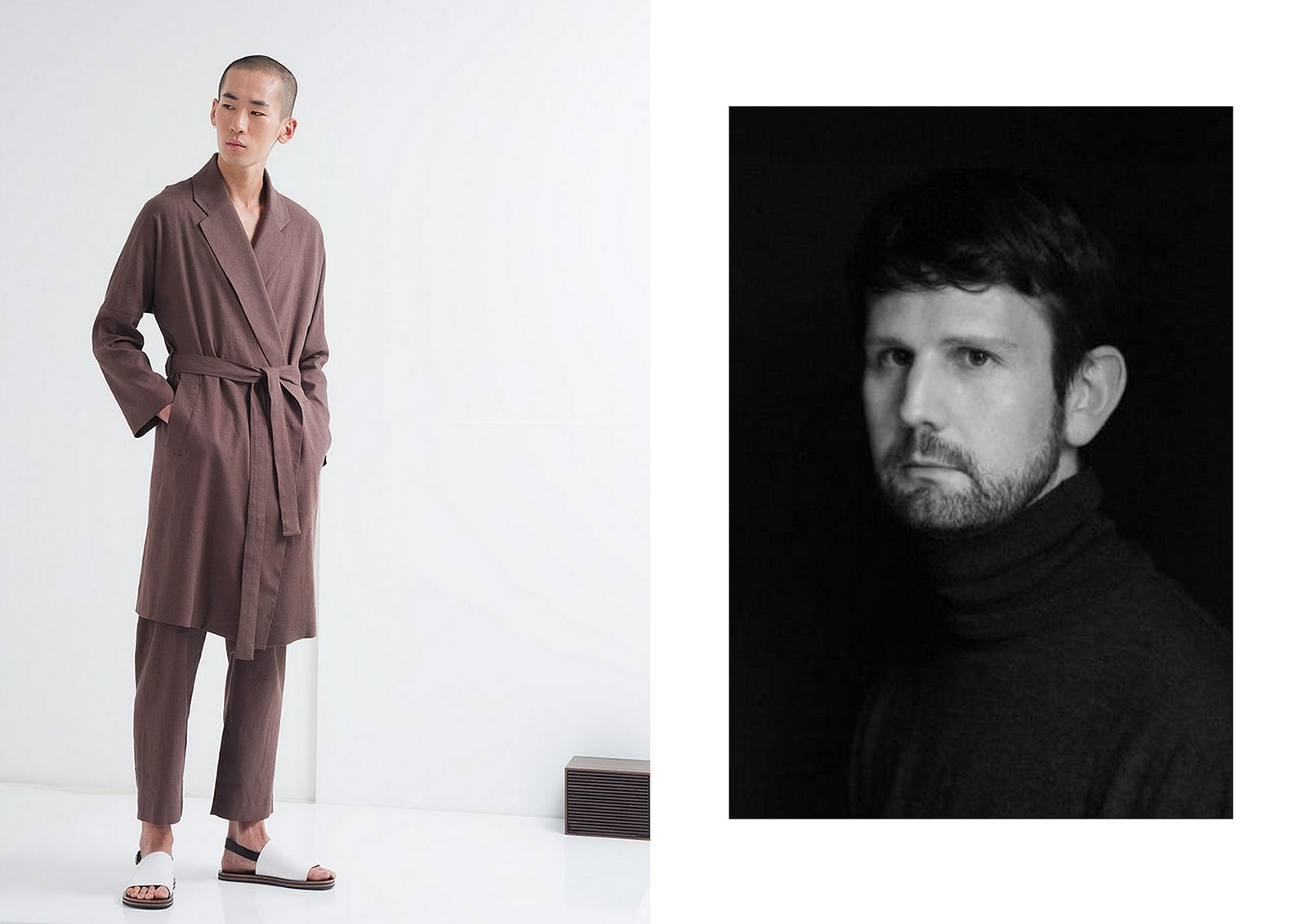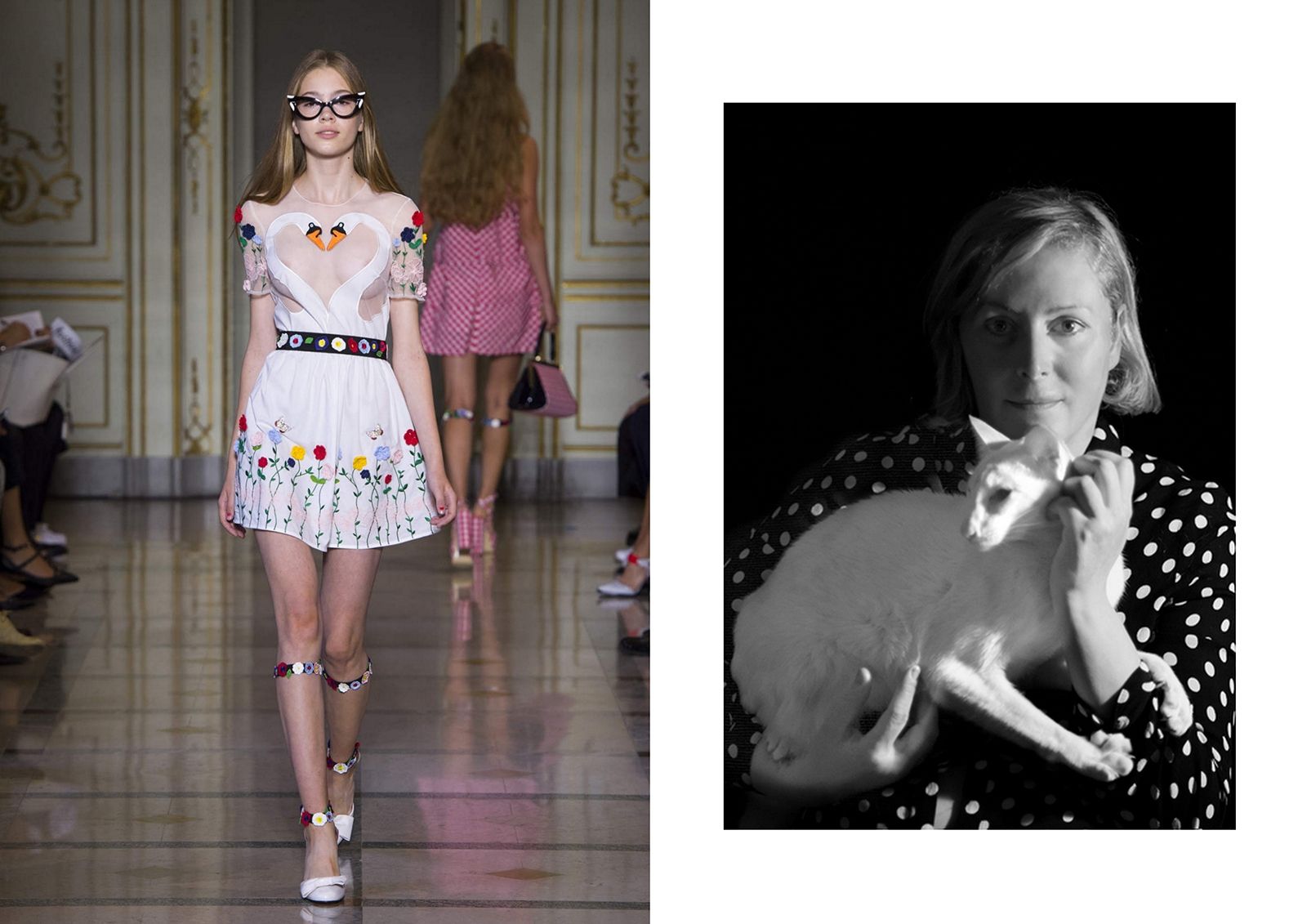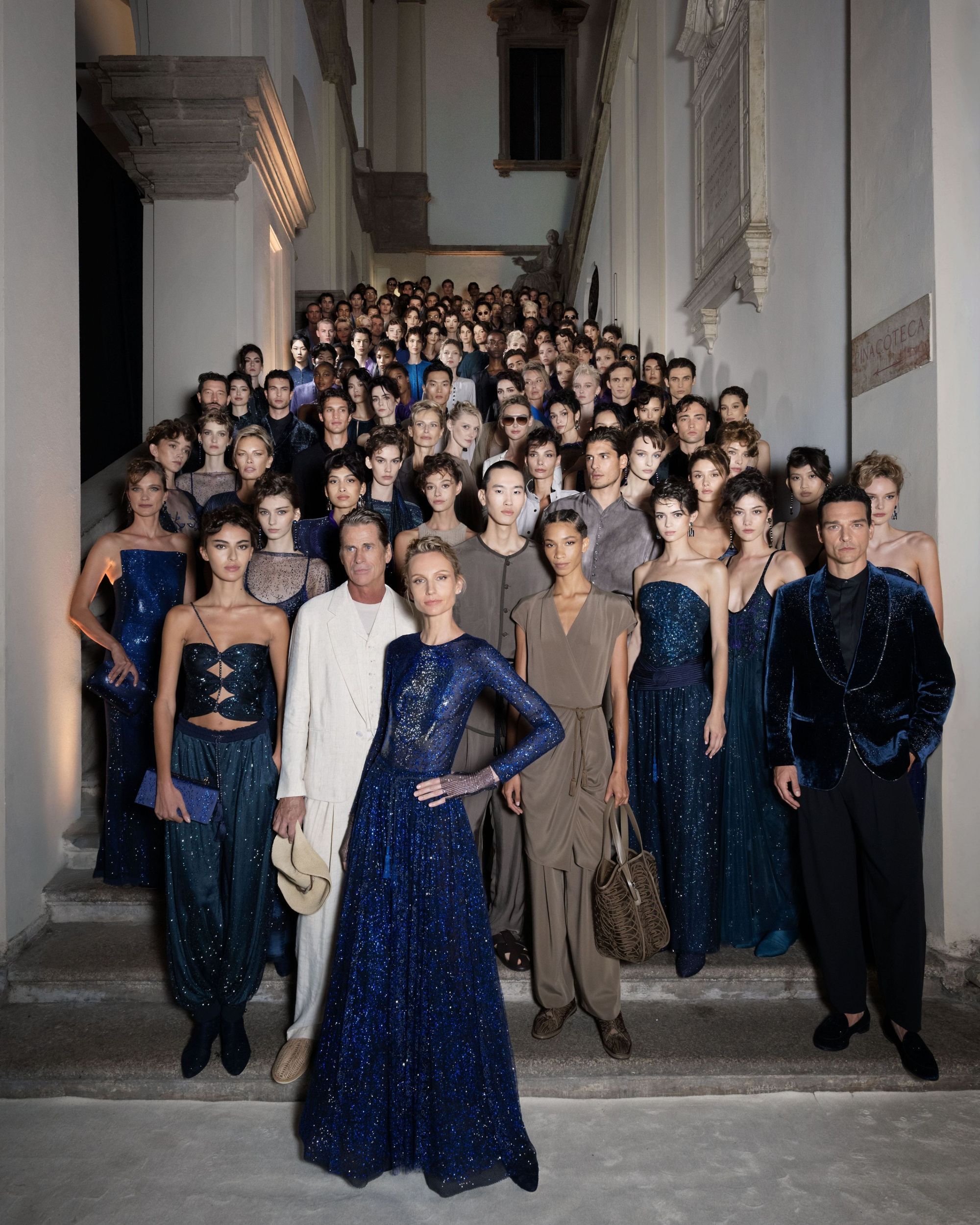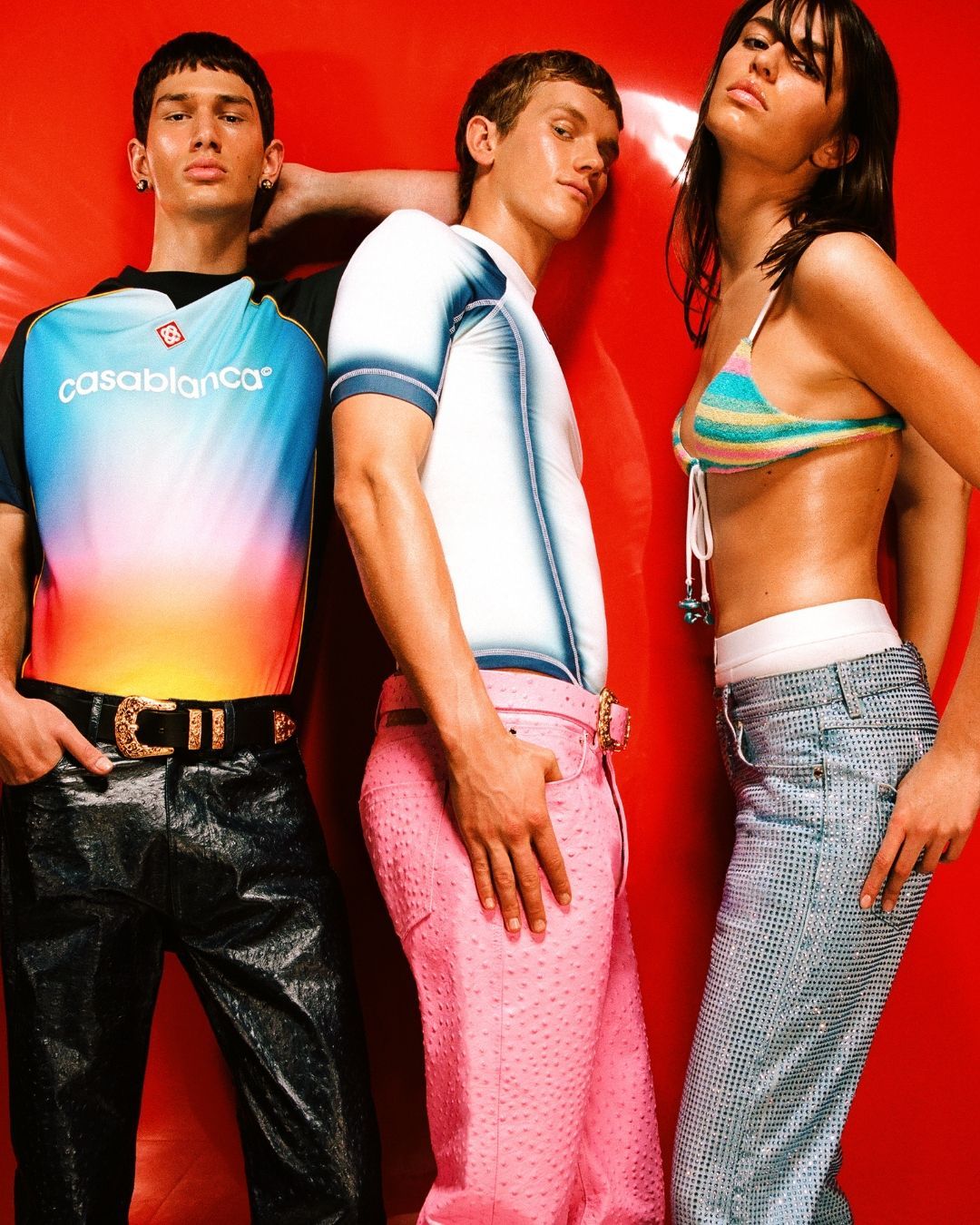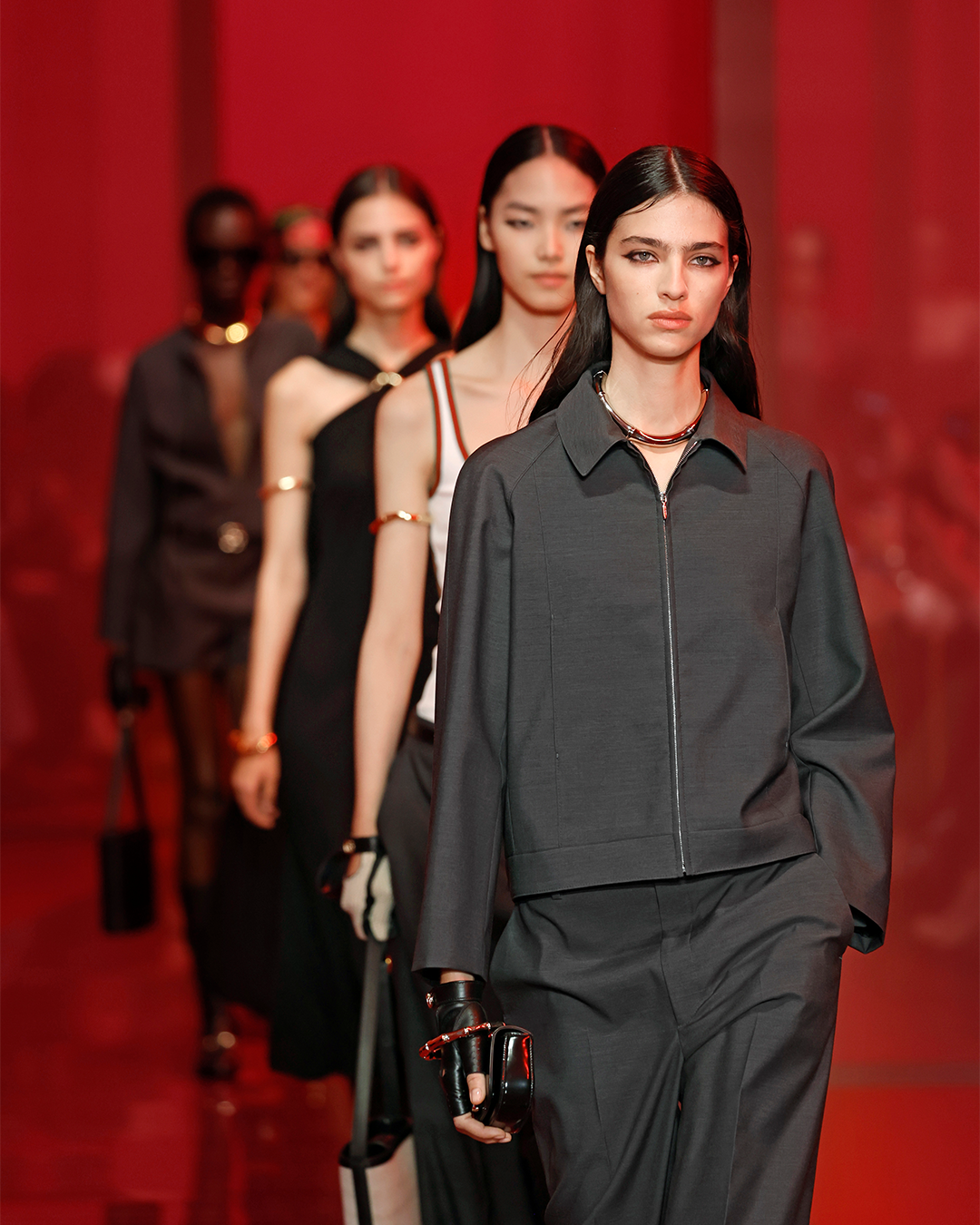
The future of fashion according to the most promising Italian designers nowadays Vivetta, Lucio Vanotti, SUNNEI, L'F Shoes & GCDS
In recent days it’s the only thing (fashion) people talk about: the structure of fashion shows as we know it is radically changing, many say for the better – others are more reticent. Although the current calendar is labelled as outdated and even counterproductive, only few seem to question the actual financial power of the companies in relation to the new production rhythm, the one announced by Vetements, Burberry, Paul Smith and Tom Ford.
The concept is clear: two shows per year – instead of four – that combine men's and women’s collections and items on sale from the day after. A model very similar to the one proposed by Jeremy Scott at his establishment at Moschino, which has made the instantaneity typical of social networks its strength on the market.
It all sounds very attractive and extremely modern. But what does it mean for minor brands having to produce an entire collection before it is seen – and later purchased – by international buyers? This condition means risk, but mostly (large) advanced funds. While the major fashion houses have the support of big companies that allow them to land on a soft surface, smaller brands could face some difficulties. Or not?
We asked the Italian brands that have recently debuted in the Milan fashion week’s calendar their opinion about it. Here are their answers:
Vivetta Ponti, Vivetta
#1 What do you think of Vetements, Burberry, Paul Smith and Tom Ford’s decision to pull men and women’s shows together and to make the collections available from the day after?
I agree on the choice of showing menswear and womenswear together, and I don’t really agree on the see now-buy now philosophy. Everything has become too fast nowadays.
#2 How does this new mechanism aimed at immediacy could benefit – or penalise – an emerging brand like yours?
I think it’s not about small brands like mine, this would affect more big brands which don’t adopt the same policy.
#3 If the Italian Chamber of Fashion decided to align with this new structure, would you feel ready to reverse your supply chain so drastically?
I hope this will not happen, not really because of the way we would manage our supply chain, but because it would become a rush and taking care of the details would become really hard. Everything would feel too fast.
#4 Which advice would you give to the young people entering the fashion industry in such a delicate and revolutionary moment?
I think they need to be very determined and faithful to their taste, creating very personal items, and therefore unique.
#1 What do you think of Vetements, Burberry, Paul Smith and Tom Ford’s decision to pull men and women’s shows together and to make the collections available from the day after?
The decision to put men and women on the same runway has been there for a while. Making the collections available from the day after is a commercial decision already adopted by Moschino, a concept of fast fashion in tune with the philosophy of everything and now. I am pleased new paths are opening, it's important to be able to choose.
#2 How does this new mechanism aimed at immediacy could benefit – or penalise – an emerging brand like yours?
All this recent interest in these commercial aspects of fashion – who comes, who goes, who sells before, who sells after – bores me. I prefer talking about other issues. I don’t think about how these decisions will affect my collection, I prefer to focus on how I would like to work and in which time, trying to match my needs with those of the market. I am more interested in knowing if a pair of trousers was liked or not, what kind of evolutions a jacket can have. Let's say I would like to untie myself from the time factor, in favour of a natural evolution of style.
#3 If the Italian Chamber of Fashion decided to align with this new structure, would you feel ready to reverse your supply chain so drastically?
I would’nt take this decision as a consequence of the Chamber of Fashion but as personal necessity.
#4 Which advice would you give to the young people entering the fashion industry in such a delicate and revolutionary moment?
I suggest they think about about their clothes, who should buy them and why.
Loris Messina e Simone Rizzo, SUNNEI
#1 What do you think of Vetements, Burberry, Paul Smith and Tom Ford’s decision to pull men and women’s shows together and to make the collections available from the day after?
We think it’s very interesting. Making the collections faster could be functional regardless of the gender, the hope is the garments won’t loose their quality.
#2 How does this new mechanism aimed at immediacy could benefit – or penalise – an emerging brand like yours?
We are already quite out of these dynamics and we believe our customers are aware of it. We bet on uniqueness and quality, with the hope that in the future we’ll be able to elude the season mechanism.
#3 If the Italian Chamber of Fashion decided to align with this new structure, would you feel ready to reverse your supply chain so drastically?
It would be very hard for us at the moment, considering we don’t have a big production and also pretty risky, not having a lot of agreements with particular stores.
#4 Which advice would you give to the young people entering the fashion industry in such a delicate and revolutionary moment?
We suggest they shouldn’t be influence by these big marketing operations, only bearable by the ones who have a big structure or a solid group behind them.
Licia Florio, L'F Shoes
#1 What do you think of Vetements, Burberry, Paul Smith and Tom Ford’s decision to pull men and women’s shows together and to make the collections available from the day after?
It was a natural development. I don’t find it a revolution, but a careful analysis of the function of fashion shows nowadays. The fashion cycles no longer had a function since fashion shows and fashion weeks have become more and more presentations to the general public. The choice of the brands to make their sales more direct is just a consequence. There was the need to simplify.
#2 How does this new mechanism aimed at immediacy could benefit – or penalise – an emerging brand like yours?
I appreciate changes. Our brand has always been a bit beyond the seasons. We like to re-elaborate our styles, without having to stick on a single season. The ones who have to worry more are the stores, that have to find a balance and new ways to propose their brands.
#3 If the Italian Chamber of Fashion decided to align with this new structure, would you feel ready to reverse your supply chain so drastically?
There’s no reversal, it’s a process we’ve been working on for years, trying to communicate every season in a strong way.
#4 Which advice would you give to the young people entering the fashion industry in such a delicate and revolutionary moment?
Do not apply the dynamics of the big brands in your little business. For those who want to launch a brand there is always room, but it must be clear that you not only have to know how to draw, but also to produce, communicate, sell and also know how to use excel. Our only advantage is to co-work with other realities, other brands, designers and have fun.
Giuliano Calza, GCDS
#1 What do you think of Vetements, Burberry, Paul Smith and Tom Ford’s decision to pull men and women’s shows together and to make the collections available from the day after?
In a scenery dominated by fast fashion it becomes difficult even for the biggest fashion houses to keep afloat. However, I think the biggest brands are the ones who suffer more from the loss of buyers who tend to be more uninhibited towards a minimum cost, as for H&M, or brands that manage to create a hype besides the product itself, as Gucci.
#2 How does this new mechanism aimed at immediacy could benefit – or penalise – an emerging brand like yours?
I personally believe that after an initial moment of loss it will be a lot easier. From my point of view – PR/Communication – and that of the customer, contents and collections created six months before lose their interest, both from the creative and the communicative point of view. I believe that, like the consumer, fashion is adapting to the times of the web, where everything is immediate.
#3 If the Italian Chamber of Fashion decided to align with this new structure, would you feel ready to reverse your supply chain so drastically?
I think so. The biggest problem for a small business are the payments from the stores. If I had the budget to pay the producers immediately without having to wait for the shops to pay us after 90/120 days from the delivery, the sale process would be much easier and streamlined.
#4 Which advice would you give to the young people entering the fashion industry in such a delicate and revolutionary moment?
Humility. It will not be easy, but if you really believe in what you are doing, in the end you’ll make it. I have dedicated myself to the GCDS project with all myself, not perceiving a salary for over a year and adjusting my role to any task it was necessary to do.










































